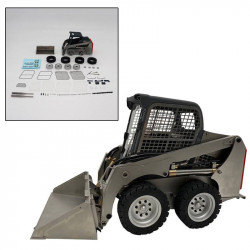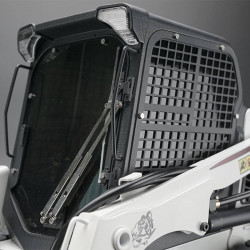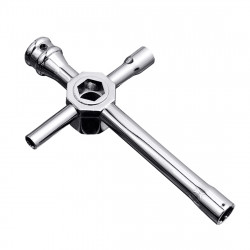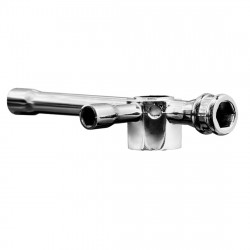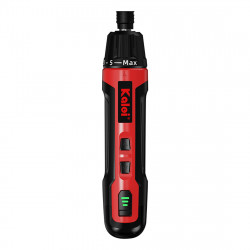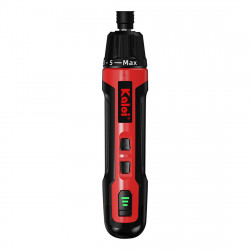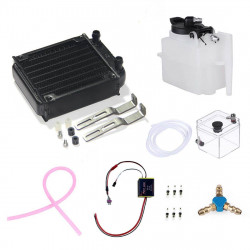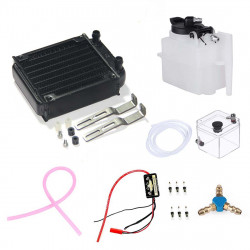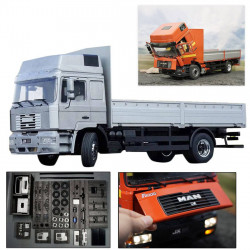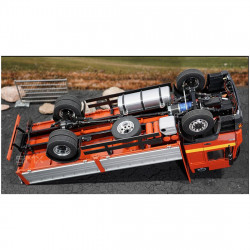
Electric, Nitro or Petrol - Which One's The Best?
"What's better, nitro, petrol, or electric?" is the most common question posed by novices searching for their first hobby-grade remote-controlled vehicle. Which power source is most appropriate for me and my specific use case? To assist you in choosing the best option for your first radio-controlled car, here is some information about the three alternatives.
Let's begin with a brief overview of the various available power sources, as radio-controlled vehicles are typically available in at least one of these three categories.
Electric (powered by a battery, usually a LiPo or NiMH battery)
Nitromethane, methanol, and oil combine to form nitro fuel.
Unleaded fuel and 2-stroke oil are combined to form gasoline (2-stroke fuel).
Each of the three has benefits and drawbacks.
Since the ignition systems for gasoline and nitro engines differ significantly, let's begin by discussing the mechanical distinctions between fuel-powered motors.
Nitro Engines
A glow plug is used in nitro engines, and in order to start any nitro engine, the glow plug's coil must be heated using an external glow igniter that runs on a 1.5-volt battery. Although there are numerous varieties of these glow igniters, rechargeable models—which are typically included with nitro starter kits—are the most widely used. The glow igniter may be taken out of the glow plug once the nitro engine has started since the tremendous heat produced by combustion can cause the engine to re-ignite.
Petrol Engines
Like the majority of chainsaws and whippers, gasoline (2-stroke) engines also employ a spark plug. There is no need for glow igniters or other starting equipment because the spark is produced automatically when the engine is switched over (similar to pulling on a pull start) by the movement of magnets past a coil that is often located on the flywheel.
Nitro Fuel
You may buy pre-mixed nitro fuel from any reputable hobby store. There are many different brands and nitromethane concentrations of nitrofuel. The typical composition of RC car nitro fuel is 10–30% nitromethane, 12% oil, and the remainder methanol.
2-Stroke Petrol
Unleaded fuel, which may be purchased at a reliable gas station, is combined with 2-stroke oil to create 2-stroke fuel. For large-scale RC cars, this ratio is typically 25:1 or 30:1.
Things to think about
Although nitro-powered radio-controlled cars, buggies, and trucks may seem like the ideal option due to their long run times, high power outputs, and the excellent sound and smell of the small nitromethane-based engine, it's essential to understand what is actually involved in the ongoing day-to-day running and maintenance/servicing needs of a nitro-powered radio-controlled vehicle. I've noticed this over the years, working in the hobby and assisting many newcomers in purchasing their first RC models.
Any internal combustion engine requires some maintenance, so it's a good idea to inspect it both before and after driving a radio-controlled vehicle that runs on gasoline or nitro.
You can check or maintain the following items before, during, or after a run.
Using after-run oil
Clean the air filter and re-oil it.
Tuning (adjusting the carburetor needles)
removing all filth and grime while being drawn to the fuel
checking for and tightening any screws that might come loose due to the intense vibrations of the engine.
Depending on the manufacturer's protocol, every brand-new nitro-powered remote-control car, buggy, and truck will need a three- to five-tank engine break-in. All nitro engines must complete this phase to guarantee extended engine life and enduring performance.
In addition to the constant expense of consumables like glow plugs, after-run oil, air filter oil, and nitro fuel, which can add up and should be taken into account when pricing a new RC vehicle, there is also the fine-tuning and fiddling required to fix any minor problems that arise out of the blue.
Nitro gasoline typically costs between $14 and $20 per liter, depending on the brand and nitromethane concentration.
Each glow plug costs $6–12.
Bottles of air filter oils cost $6 to $10.
Run oils cost $7 to $11 each bottle.
In conclusion, I would suggest that radio-controlled vehicles that run on nitro are not ideal for people who don't have a lot of free time because they need a certain level of "patience" to work out any issues that may come up.
Nitro is the ideal choice if you're searching for a continuous and challenging pastime to test and broaden your mechanical knowledge and abilities. These tiny creatures can often challenge your patience and general mechanical knowledge equally, so both are necessary to really enjoy them.
For those seeking a dependable fuel-powered remote control vehicle, the gasoline (2-stroke) is an excellent substitute. It has a long run time (up to 40–50 minutes) and can provide enormous power outputs with additions like a tuned exhaust pipe. While routine maintenance is still necessary, they are less maintenance-intensive than their nitro-powered counterpart because they are less prone to overheat, require less tuning care, and don't require costly nitro fuel.
Depending on the quality of the two-stroke oil, mixing up 25:1 2-stroke fuel is far less expensive, costing about $2 per liter as opposed to $14–$20 per liter for nitro. The primary problem is that most 1/8 scale remote-controlled vehicles and 1/10 scale vehicles cannot physically accommodate the massive size of gasoline engines. Even though HPI and Losi have both produced 1/8 scale gasoline monster trucks, their bigger 1/5 scale models are more well-liked and can be somewhat pricey for individuals wishing to purchase their first hobby-grade remote-controlled car, buggy, or truck.
Electric Powered
Rechargeable battery packs, which are typically found in entry-level "Ready to Run" cars, power electric remote control models. These devices are incredibly dependable and require little upkeep or mechanical expertise. They make little noise, are easy to operate, and are extremely clean.
As battery and electronic technologies have progressed over the past few years, the development of lithium batteries and brushless motors has significantly helped battery-operated radio-controlled cars, buggies, and trucks. As a result, some of the fastest factory-built radio-controlled cars are electric. For instance, the Traxxas XO-1 can reach speeds of up to 100 mph (160 km/h).
Because battery technology has advanced to enable considerably higher energy densities than ever before, electric vehicles can also reach longer run periods. Run periods for lithium batteries can reach over 40 minutes, which is significantly greater than what was possible with earlier battery packs.
Because they don't need consumables like nitro or gasoline fuel, glow or spark plugs, air filters, oils, etc., they also have relatively minimal ongoing expenditures. Since they don't require an oil-based fuel source, they are easier to clean using an air compressor because they don't collect as much dirt or filth. Electric radio-controlled models are a fantastic substitute for novices who know very little about the pastime or even for specialists who desire something really fast.
The type/style of vehicle/chassis you can choose from isn't limited because many of the major companies, including HPI, Traxxas, Losi, and HSP, offer their remote-controlled vehicles in electric, nitro, or gasoline, or occasionally all three. There are several excellent models available, regardless of your preference for a monster truck, buggy, or automobile. Taste and personal choice are more important.
We hope that this information has been helpful to you and that you have luck in selecting the appropriate remote control model.
